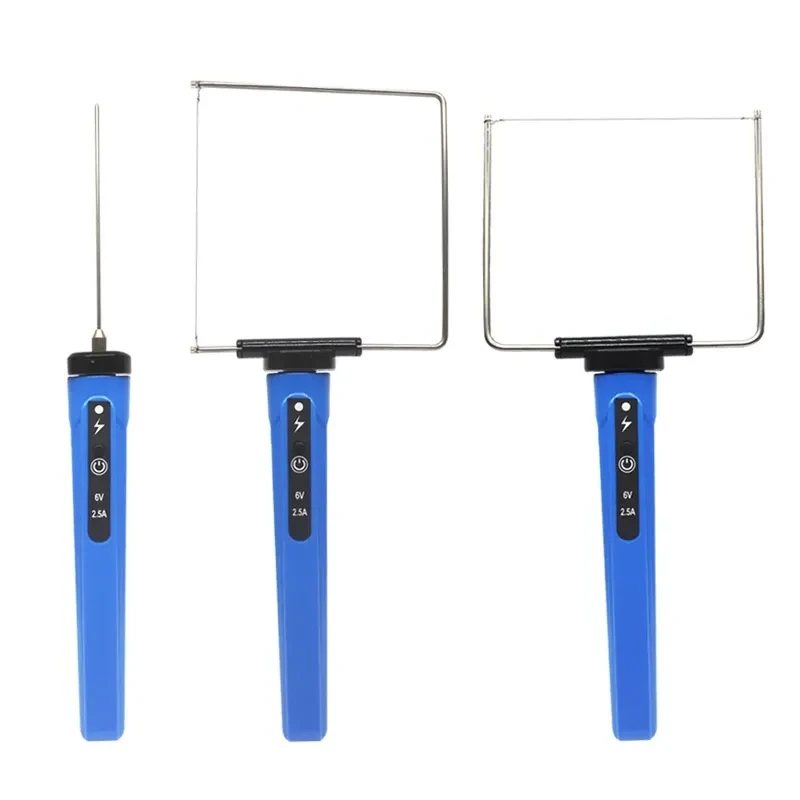
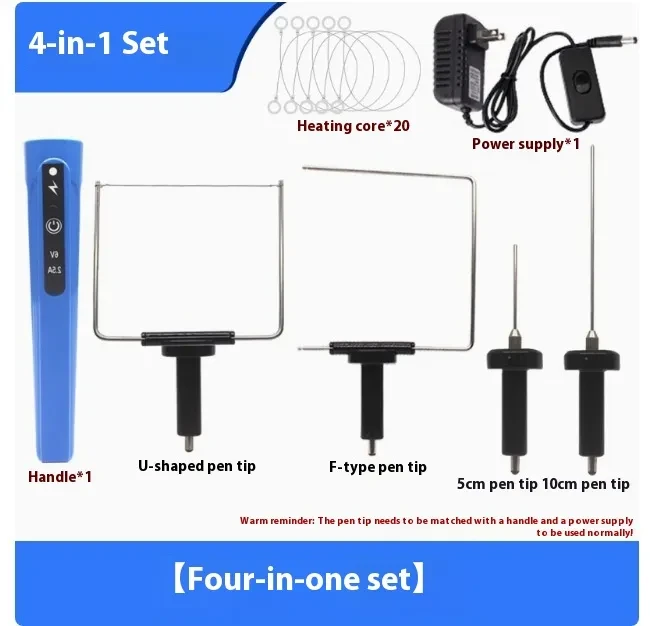
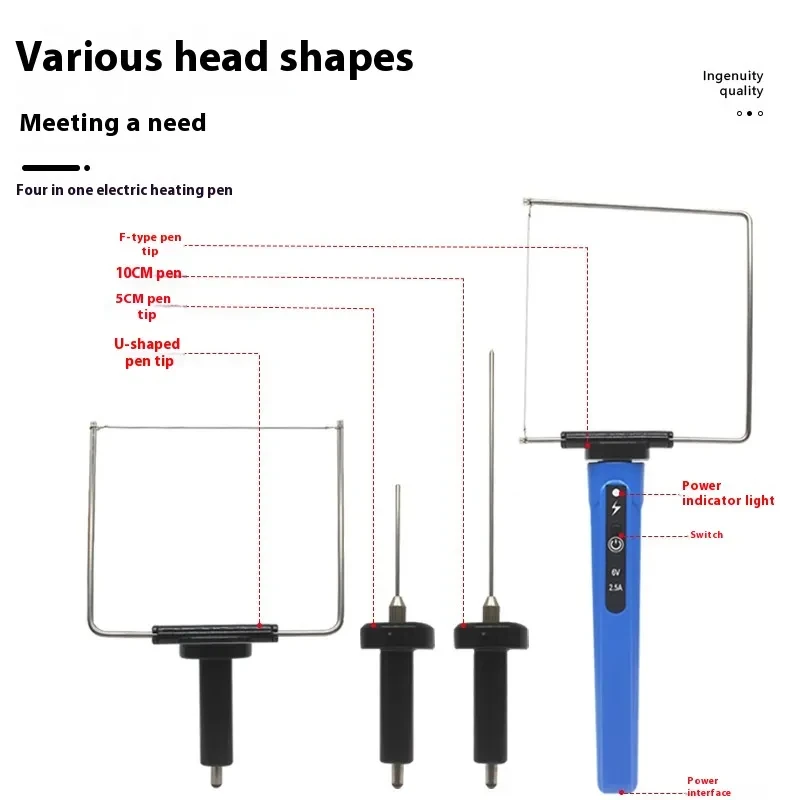
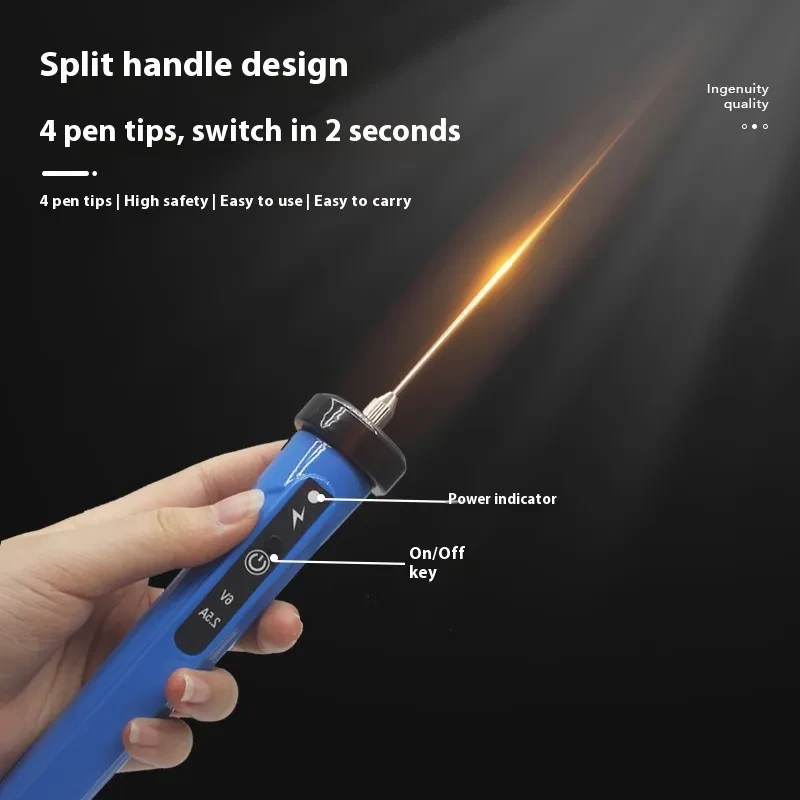
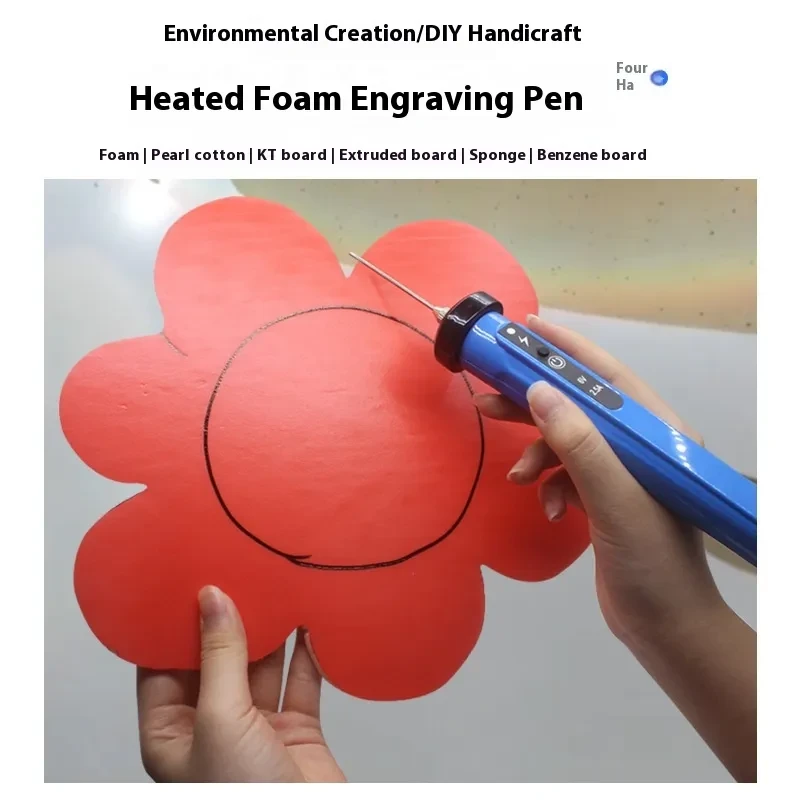
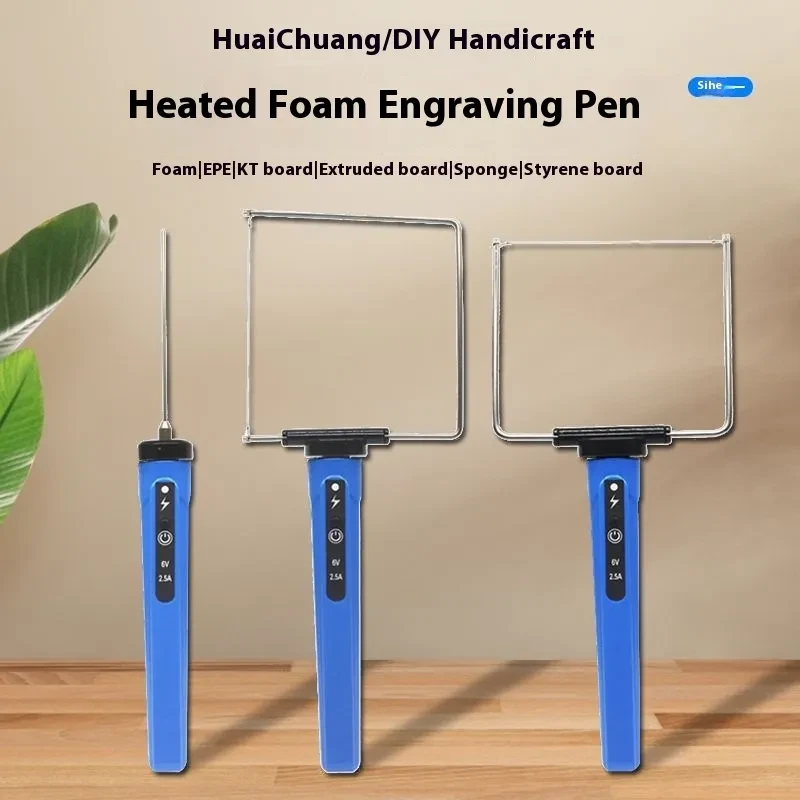
polystyrene cutter
Precision in Every Cut: Discover the Practical Power of a Polystyrene Cutter in NZ
When it comes to shaping, trimming, or carving polystyrene, accuracy and cleanliness matter. Whether you're working on a school project, a construction task, theatrical prop design, or custom packaging, a polystyrene cutter is the tool that delivers results fast, efficiently, and with less mess. In New Zealand, where DIY culture thrives from Auckland to Invercargill, a dedicated cutter for foam and polystyrene is an essential addition to any tool kit—whether you're a builder, artist, hobbyist, or maker.
🔥 What Is a Polystyrene Cutter?
A polystyrene cutter is a handheld or bench-top tool designed to cut through polystyrene foam cleanly. Unlike regular blades or scissors, which crush and crumble the material, a foam cutter slices through using a heated wire or thin blade, effectively melting through the foam without dust or jagged edges.
This tool is especially useful for:
- Crafts and modeling
- Set design and cosplay
- Insulation cutting in construction
- Packaging prototyping
- Educational STEM projects
If you’ve ever tried cutting polystyrene with a utility knife and ended up covered in static foam bits—you’ll appreciate just how game-changing a proper cutter can be.
🇳🇿 Ideal for NZ’s DIY and Trade Culture
New Zealanders have a reputation for hands-on problem solving, and a polystyrene cutter fits right into that mindset. Whether you're cutting insulation boards for a tiny home in Taupō or building scenery for a local theatre production in Wellington, this tool enables precision and creativity with minimal waste.
It’s also ideal for home projects like:
- Creating custom tool drawer inserts
- Cutting insulation for garages or studios
- Making kids’ craft projects for school holidays
- Building cosplay armor and foam props
- Constructing RC planes or model railway landscapes
✂️ Cleaner, Quicker, Sharper
Polystyrene is notorious for creating mess. With standard cutting tools, the foam flakes and crumbles—often getting stuck to clothes and tools due to static. But a polystyrene cutter:
- Melts rather than crushes
- Leaves no dust or particles
- Provides smooth, sealed edges
- Reduces post-cut cleanup
For trade professionals and artists alike, this means more time working and less time vacuuming up foam confetti.
🧰 Compact and User-Friendly
Most polystyrene cutters are surprisingly easy to use, even for beginners. Simply heat the blade or wire (usually electric), and guide it smoothly through the foam. No need to push hard or apply pressure—just steady hands and creativity.
Thanks to their compact design, these cutters are also:
- Portable for job sites
- Easy to store
- Safe when used with care
- Versatile across different foam types
From thick EPS blocks to thin craft sheets, this tool adapts to various project needs.
🖌️ Ideal for Artists, Cosplayers, and Crafters
New Zealand’s creative scene—from prop makers in Auckland to cosplay designers in Christchurch—makes extensive use of foam. And nothing ruins a cosplay build faster than jagged edges or ruined shapes. A polystyrene cutter ensures:
- Smooth curves and sharp angles
- Layered foam sculpting
- Minimal surface damage
- Professional-looking finishes
Whether you're building a sword, helmet, or a miniature terrain for tabletop gaming, this tool is your precision partner.
🏗️ Construction-Ready
Builders, electricians, and renovators in NZ often encounter foam insulation—particularly EPS (expanded polystyrene)—in walls, floors, and ceilings. Cutting these boards to fit perfectly can be time-consuming and wasteful with traditional tools. A polystyrene cutter:
- Speeds up the workflow
- Improves accuracy
- Reduces material damage
- Minimises health hazards caused by inhaling dust
Ideal for fitting insulation in caravans, sheds, baches, or new builds where custom shapes are required.
🔋 Powered for Performance
While many entry-level cutters are corded and plug into mains power, some models are battery-operated or feature temperature controls for professional use. Regardless of model, the heating element is the core that makes the job effortless—offering clean cuts in seconds.
Tip: Always allow your cutter to cool properly and follow safety instructions when in use.
🛠️ Low Maintenance, High Impact
Maintenance is minimal—just ensure the wire or blade stays clean and is not bent. With proper storage and occasional care, a single cutter can last through years of projects.
Some NZ customers even report using the same cutter across entire renovations, large craft exhibitions, and dozens of school assignments.
🧒 Great for Education and Schools
Teachers and students working with STEM, architecture, or art projects often need to build models out of foam. A polystyrene cutter:
- Provides a safe, clean alternative to knives
- Encourages precision in student builds
- Is affordable for school budgets
- Adds a professional touch to projects
It’s a small investment that significantly improves presentation quality and engagement in creative learning.
💡 Tips for Best Use
- Mark your cut lines with a marker beforehand
- Let the tool do the work—no pressure needed
- Work in a well-ventilated area
- Use protective gloves or guards if necessary
- Store safely away from kids
💬 What Kiwi Users Say
“I used this for cutting EPS foam for insulating my tiny house—super tidy and quick.”
— Jared, Rotorua
“Great for my son’s school project. Clean lines, no mess!”
— Maria, Dunedin
“Perfect for carving foam rocks and trees for my model railway set.”
— Tom, Hamilton
🎯 Final Word
Whether you’re creating, constructing, or crafting, a polystyrene cutter is an essential tool that saves time, reduces waste, and delivers clean results. From home DIY to creative endeavours, it’s a practical must-have for anyone working with foam in New Zealand.
Affordable, reliable, and endlessly useful—once you use one, you'll wonder how you ever managed without it.
The product may be provided by a different brand of comparable quality.
The actual product may vary slightly from the image shown.
Shop amazing plants at The Node – a top destination for plant lovers

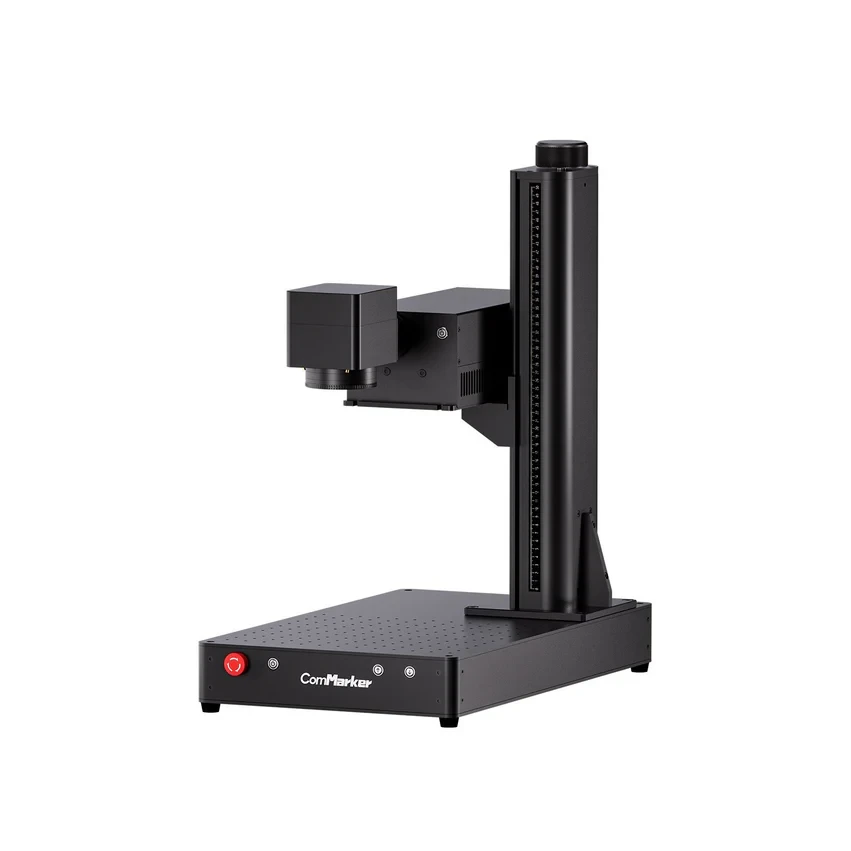

.webp)
.webp)


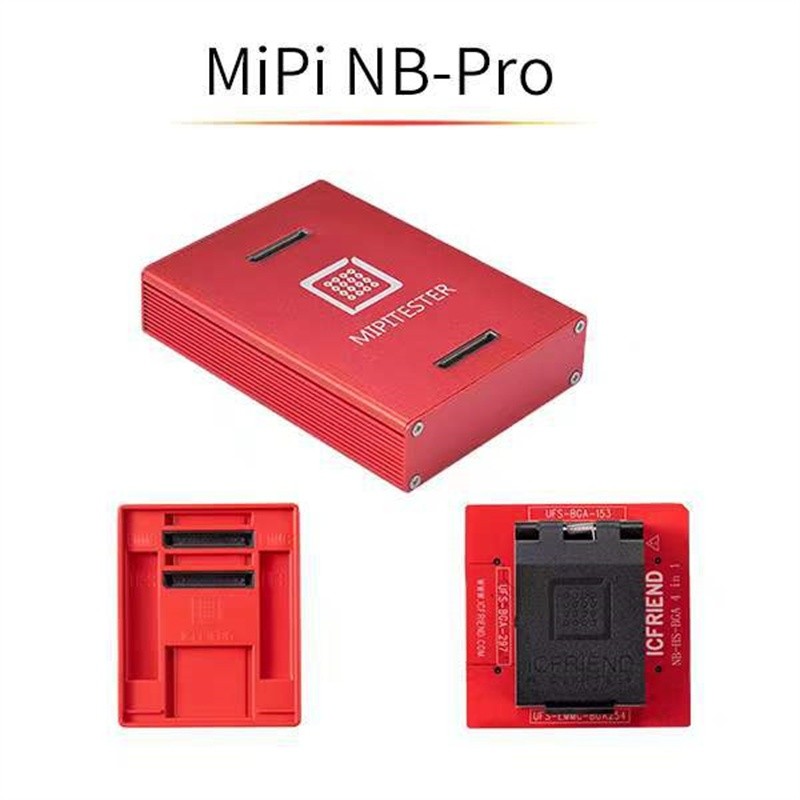
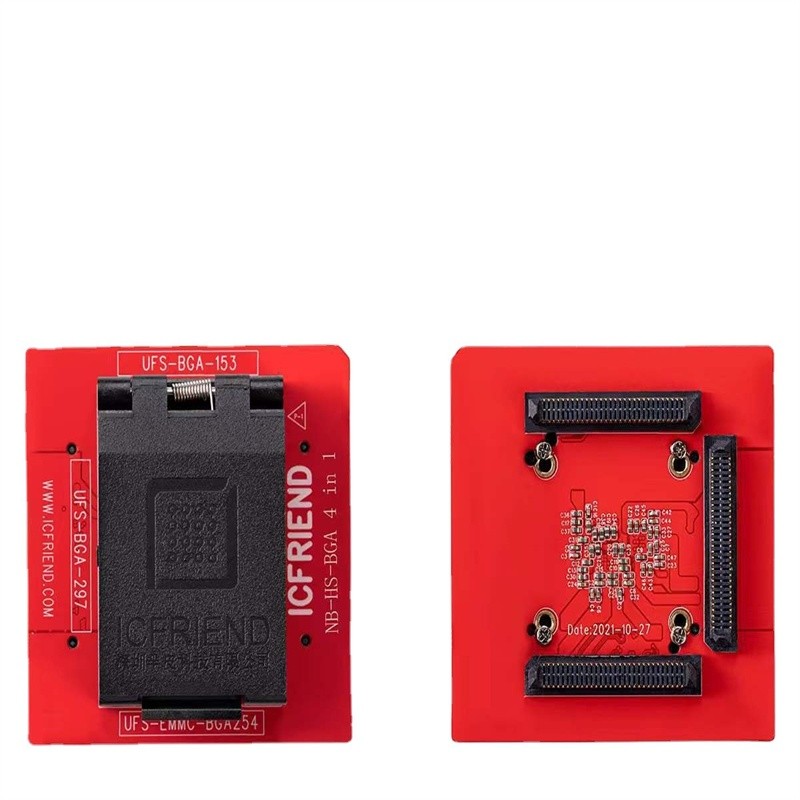
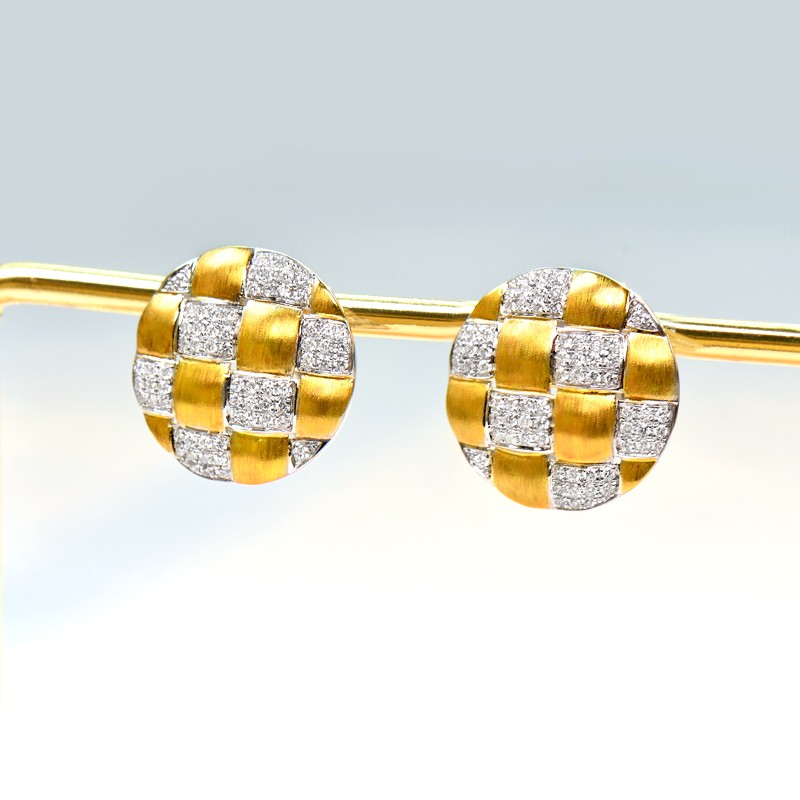
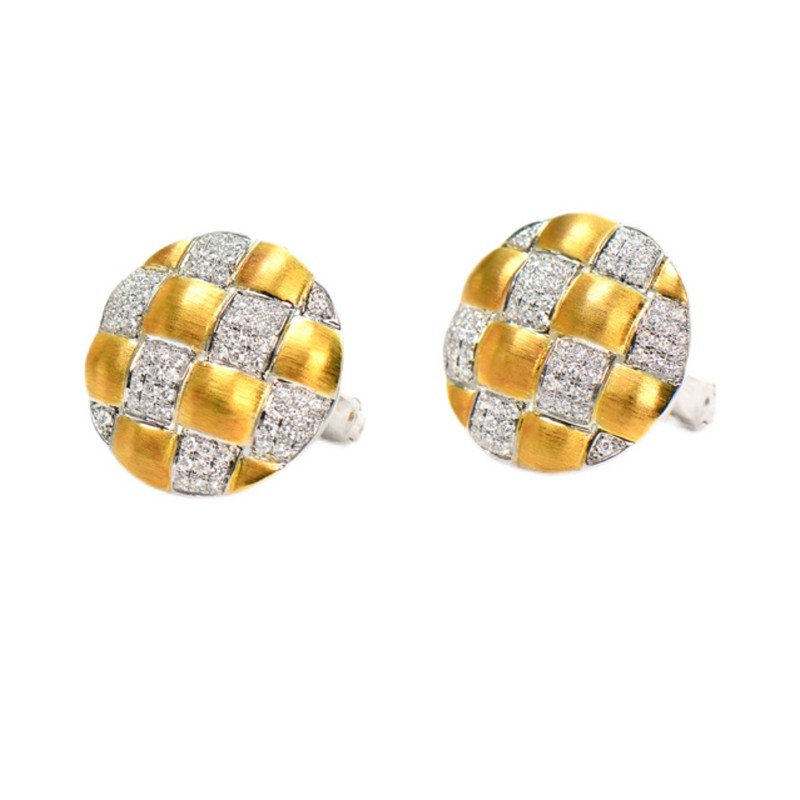
.webp)
.webp)

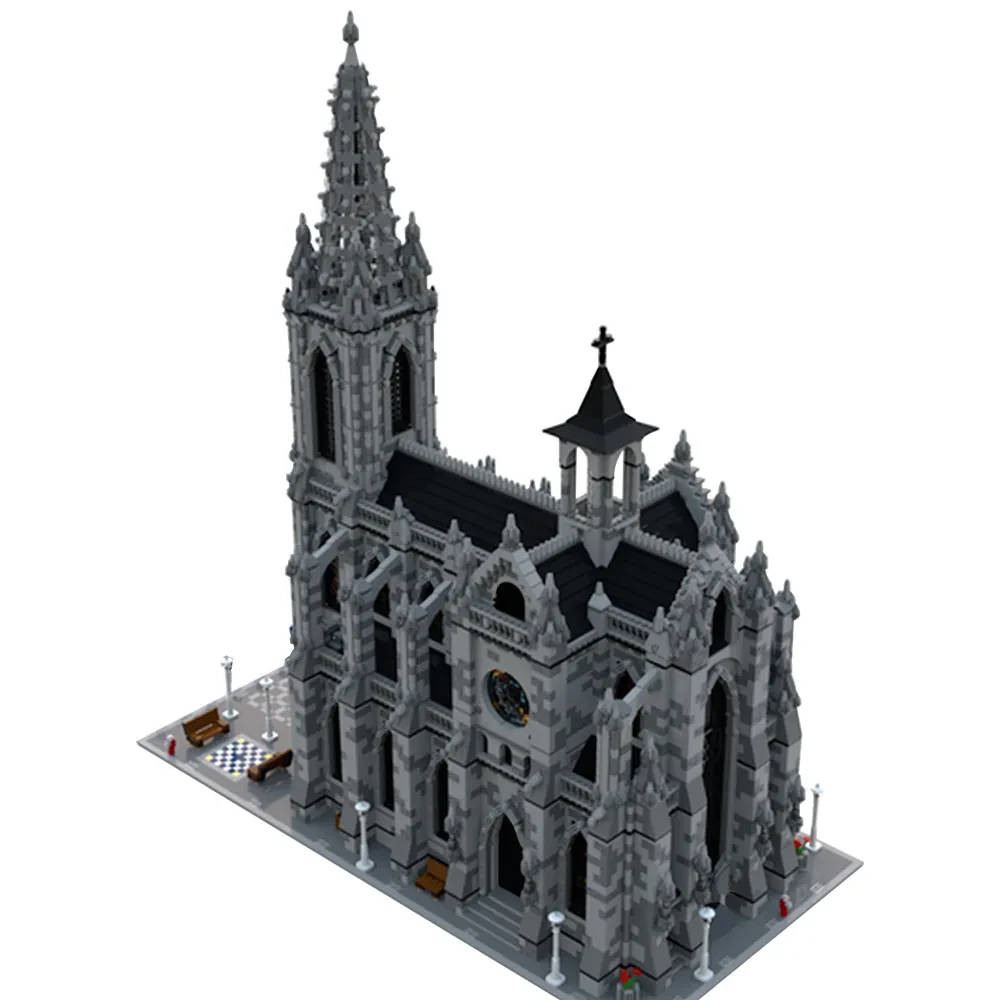

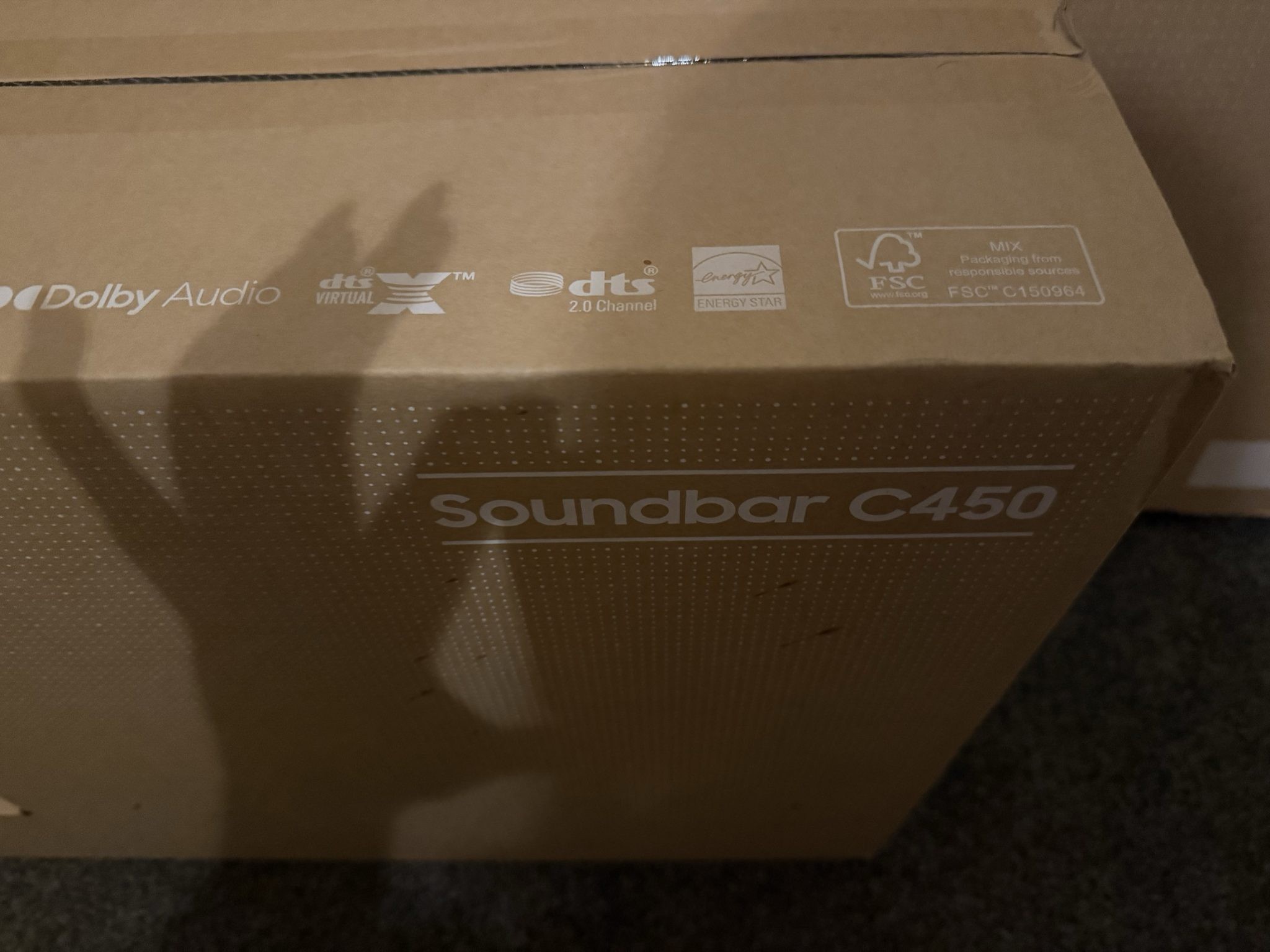









.jpg)
















































ulva-Logo.jpg)
